Depending on your strengths to win can lead to fundamentally different, if not completely opposite game models
As with any game sport, there is no one-size-fits-all winning model in tennis. Every opponent has individual characteristics, strengths and weaknesses; the same can be said for the types of surfaces that are better or worse suited to your game and to which you need to adapt accordingly.
Nevertheless, some basic patterns can be highlighted. After all, you can only win points on the court by doing certain things.
Use your strengths
The first of the two most obvious tips. If your forehand is much sharper than your backhand, run under right as often as possible. If you enjoy playing at the net, create opportunities to get forward.
Role model: Ivo Karlovic
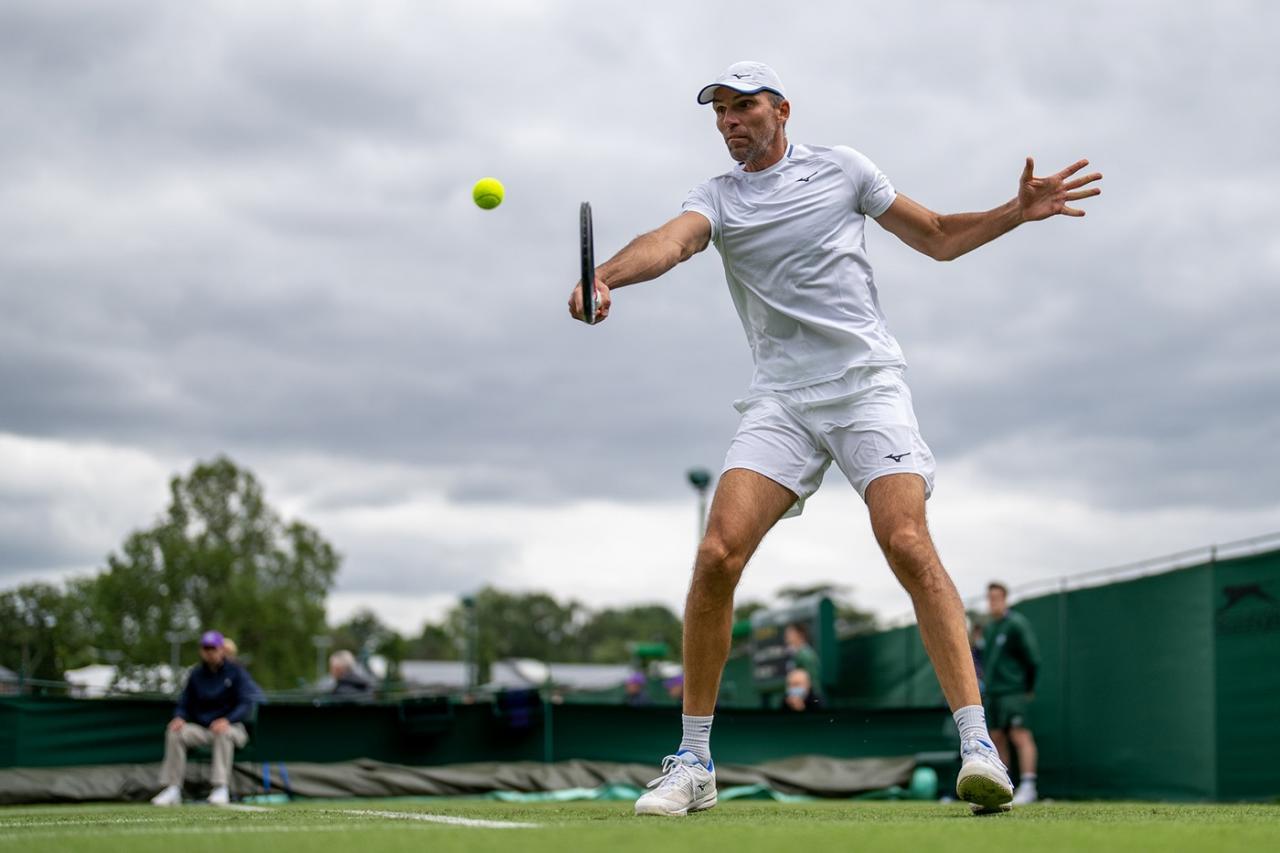
The Croatian, who finished his career in 2021, was a unique phenomenon in tennis. At 211 centimeters tall, which was the record-setting height on the ATP Tour for many years, he had understandable difficulty moving around the court. He relied on backhand taps and tended to hit back with a defensive slash to the left. Height, however, gave Ivo his main weapon. His opponents were comparing games on the receiving end of Karlovic’s serve with a bombardment, almost no match involving him was without tie-breaks, and over the years Ivo racked up 13,728 aces (the second-highest total in tennis history). As a result, Karlovic has built a career that has been the envy of many, winning eight singles titles (all three majors), finishing in the top 20 in the world rankings and winning the Davis Cup with the Croatian team.
Take advantage of your opponent’s weaknesses
The second obvious piece of advice stems from the first. Is your opponent no good on the forehand and mostly takes slides? Load him under left and squeeze the error. See that your opponent isn’t very fast? Use shortcuts when he’s in the backcourt, there’s a good chance he won’t be able to catch them.
Role model: Rafael Nadal
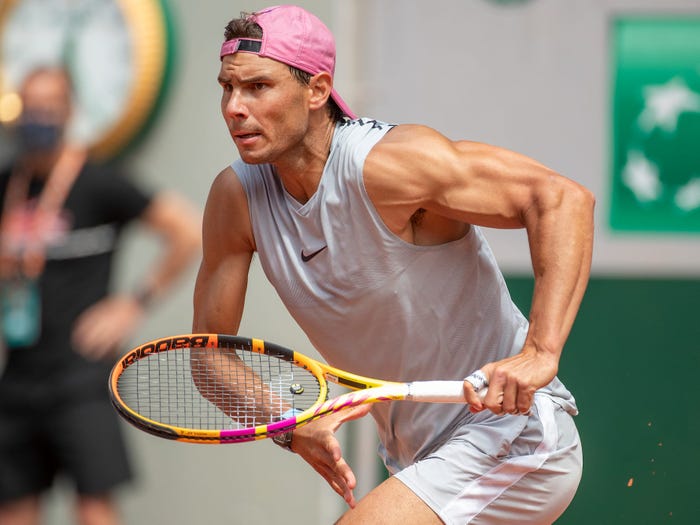
The great Spanish tennis player is the only one who has a pretty significant advantage in head-to-head encounters with Roger Federer, another member of the tennis Big Three. There are a number of reasons for this, and one of them is Federer’s regular attacks under the backhand, the only relatively unstable element in the Swiss’ game. Nadal, of course, was not the first to think of this, but he brought this tactic to the absolute, in addition trying to load Federer with high spinning left backhands every time. Roger only managed to find an antidote many years later to their first meeting, when he began working with coach Ivan Ljubicicic who made his backhand game more stable. After that, he beat Nadal six out of seven matches.
Work on your serve
The serve is the first serve in any match and often determines the tone of the game. A tennis player who has a great serve has a certain advantage, because he can often finish a game in one or two strokes when it starts, or win the point with a simple ece. It is not only tall players who can serve sharply; a curve or slash serve, directed precisely to the desired point, can also put the receiver in a very awkward position.
Case in point: Philipp Kohlschreiber
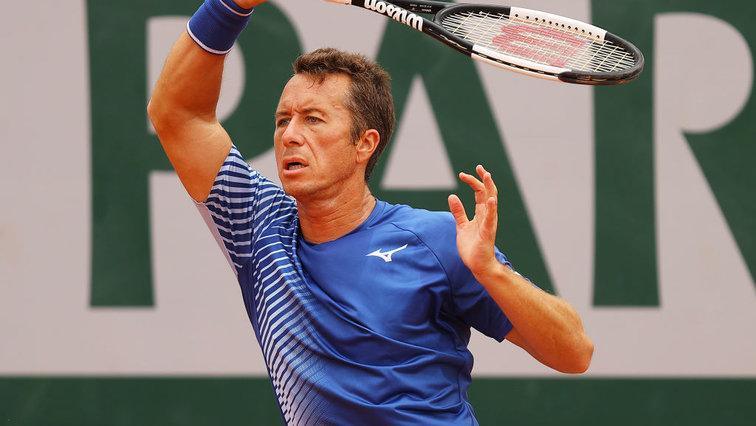
At only 178 centimetres, the German player, who retired in July 2022, had one of the most dangerous serves on tour. Kohlschreiber served with precision and varied his serve, making up for his relatively slow serve speed (a career high of 199 kilometers per hour). As a result, Kohlschreiber has 4,620 aces to his credit, placing him in the top 40 all-time.
Play deep
The closer the ball gets to the back line, the harder it is to come up with a sharp attacking response. This model is very effective, but it’s also risky: Trying to hit the back line is fraught with unforced errors, and that means losing a point.
Case in point: David Ferrer
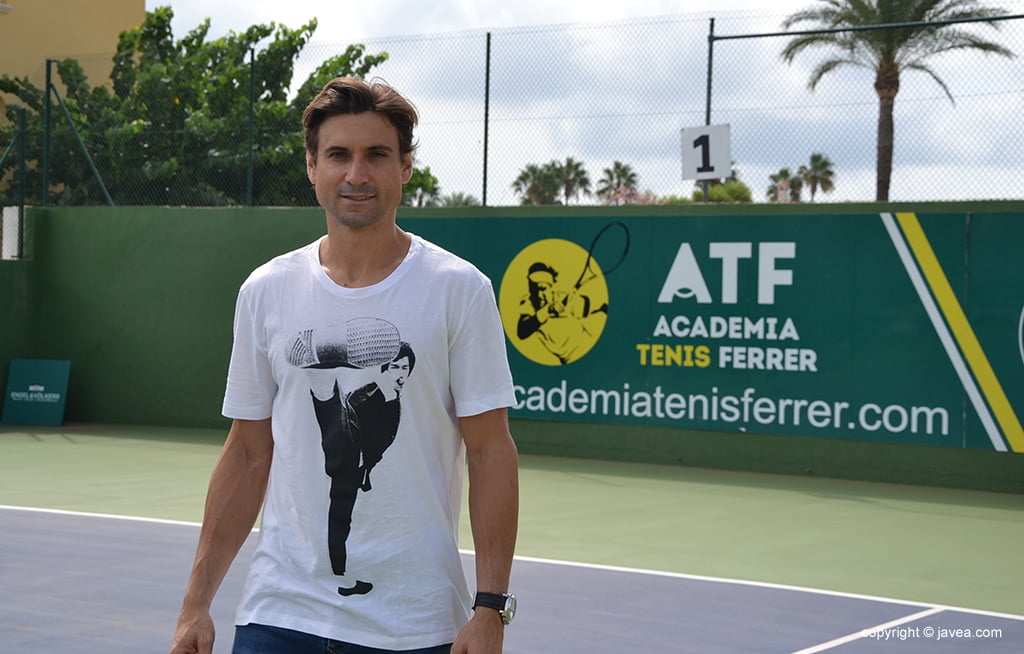
One of Spain’s most successful tennis players (and unfortunately for him, in the “Big Three” era) had a very reliable backhand, which enabled him to create great depth and hold his opponents on the back line.
Go to the net
Back in the late 1990s, the grass at Wimbledon was stomped out not only on the backhand, but also toward the net. Tennis has changed a lot since then, but good old-fashioned surf-and-water volleys still slip through occasionally. Getting forward in time will allow you to finish the rally in your favor much faster than in backhand exchanges. Sometimes it also happens that an opponent, even if he is initially in a good position for a bypass, gets lost, seeing a piece growing near the net, and commits an uncalled-for move. However, keep in mind: tennis didn’t just turn into a global competition of baseliners – with modern rackets it’s much easier to beat the netmakers.
Case in point: Maxime Cressey
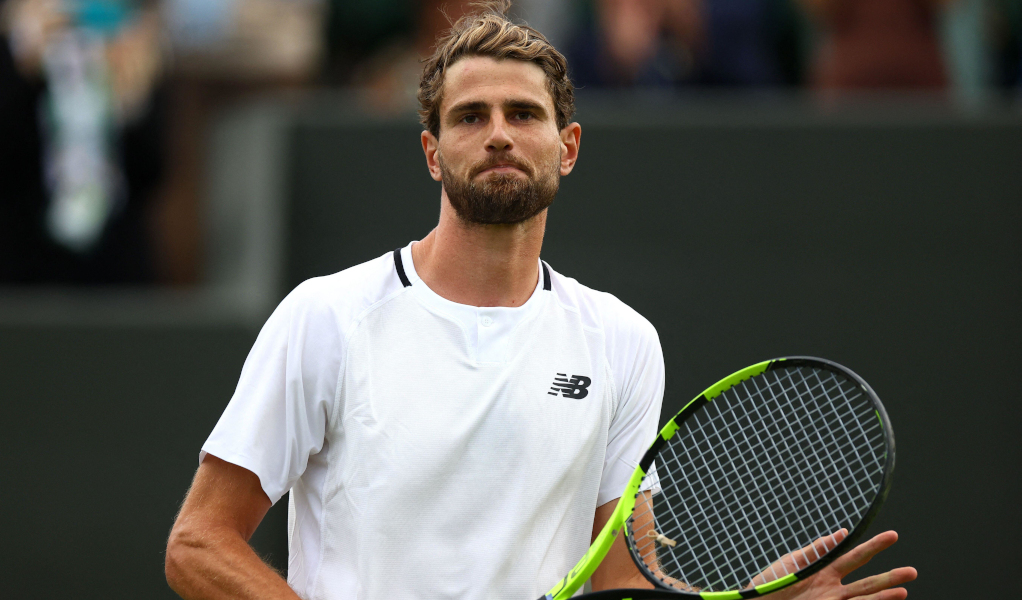
The 25-year-old American is not only no stranger to surf-and-wall action, but is actively promoting it. So far it is working well: in 2022 Cressy broke into the ATP elite and won his first title. Maxim’s victorious tournament was on grass, the most suitable surface for fans going to the net.
Build up your physical fitness
In a tennis match it’s often not the most technical or inventive player who wins, but the toughest one. They even had a special designation for players who can run around the baseline for hours and return all the balls without too much finesse – grinders. If the “physics” is on the level, then perhaps becoming a grinder is your way. Do not break the tempo, keep the ball in play with heavy, dense shots, but moderate the attacking fervor and do not take risks – sooner or later you will take the soul out of your opponent, and he will either get tired and make a mistake, or go for a risky shot in the hope to finish the run on the back line – and probably will also make a mistake.
Case in point: Gilles Simon
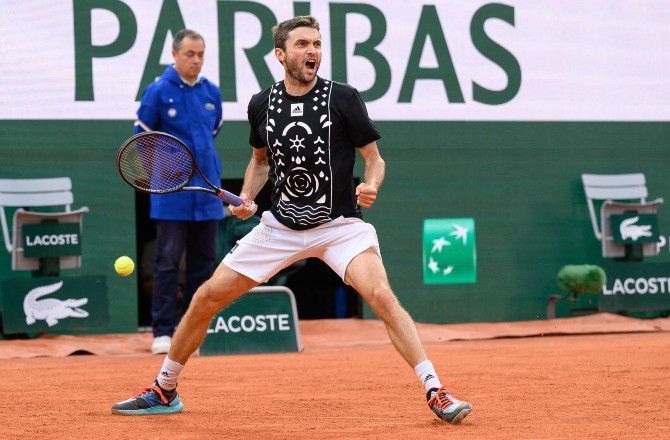
The French tennis player, who won 14 singles titles and reached No. 6 in the world rankings, was a model grinder. Simon could not boast an outstanding arsenal of attacking strokes, but he was resilient, moved well and never gave up. At the 2017 Australian Open in particular, Simon outlasted compatriot Gaël Monfils in the longest draw in tournament history, 71 strokes. And at the 2016 US Open, Simon and Paolo Lorenzi of Italy played the second-longest match in the history of the tournament, 4 hours 58 minutes.
